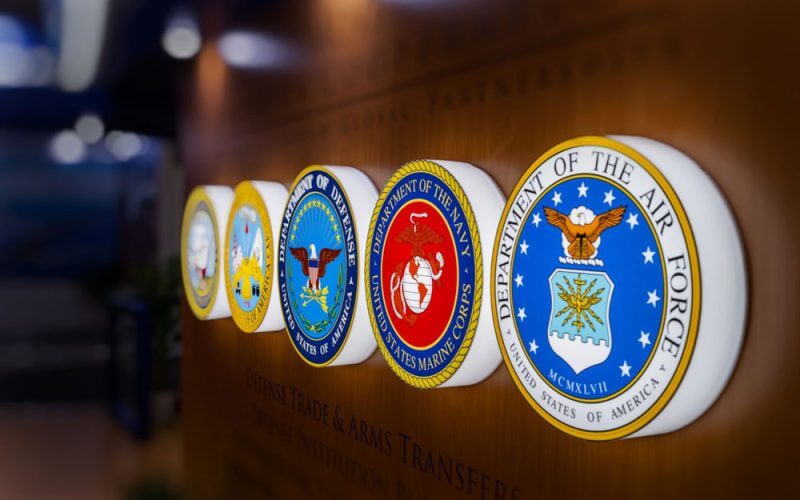Last week, a United States Government Accountability Office (GAO) report on the readiness of the country's armed forces repeated previously highlighted challenges faced by the services to make efforts in sustaining service platforms and ensure availability.
In its report, the GAO stated that the U.S. Department of Defense has "several challenges" as it continues to rebuild and restore military readiness across the Armed Forces while enacting a modernization campaign of military equipment. One instance included the Navy's ship maintenance backlog.
The report notes that several decades of conflict against terrorist insurgencies in places like Iraq and Afghanistan led to the degradation of military readiness.
"DOD's readiness rebuilding efforts are occurring in a challenging context that requires the department to make difficult decisions regarding how best to address continuing operational demands while preparing for future challenges," the report read.
Last week, in a GAO testimony before the US Congress, Diana Maurer, director of defense capabilities and management at the GAO, said that mission capability had declined since 2017.
"While the U.S. Army and Marine Corps improved in the ground domain, we found declines in the sea, air, and space domains. For example, only two of 49 aviation systems met their annual mission-capable goals. The vast majority missed by over 10%," Maurer testified to lawmakers.
Maurer told lawmakers that the U.S. Air Force's F-35 program "suffers from a variety of sustainment woes." "Fleet-wide mission capable rates have declined every year since 2020, and the [U.S.] Air Force, Navy, and Marine Corps face substantial gaps between what it costs to fly the aircraft and what they can afford," Maurer told lawmakers.
To improve readiness, Maurer said that the U.S. Army needed to improve aerial safety, particularly with helicopters, address rail support shortfalls, and work on sealift training which affects logistical performance maneuvers. The GAO report itself stated that it had created "dozens in prior reports to help improve readiness in each of the domains," however, some "remain unimplemented."
While predictive maintenance methods impact military readiness among defense vehicles and platform fleets, a report by the GAO last year found that the Department of Defense made limited efforts to enact new changes. According to last year's report, the U.S. Army started to use predictive maintenance on Apache helicopters in 2005 and expanded to such methods in 2012, covering Black Hawk helicopters and Chinook aircraft.
The latest information is nothing new, according to national security and defense experts, who argue that Congress needs to focus on upgrading and improving the Armed Forces, given that anti-American regimes like the Islamic Republic of Iran, China, North Korea, and others have updated and expanded their military presence on the world stage.
Subsequently, with the addition of woke ideology in the U.S. Armed Forces, the U.S. Army has witnessed a slow down in recruitment among younger Americans and a lack of seriousness among lawmakers in Congress and defense officials.
In response, the Armed Forces continue to rid physical requirements for new recruits, prompting concerns among U.S. officials about the effect on military readiness.
Related Story: 5 Ways the U.S. Military Has Become ‘Woke’










